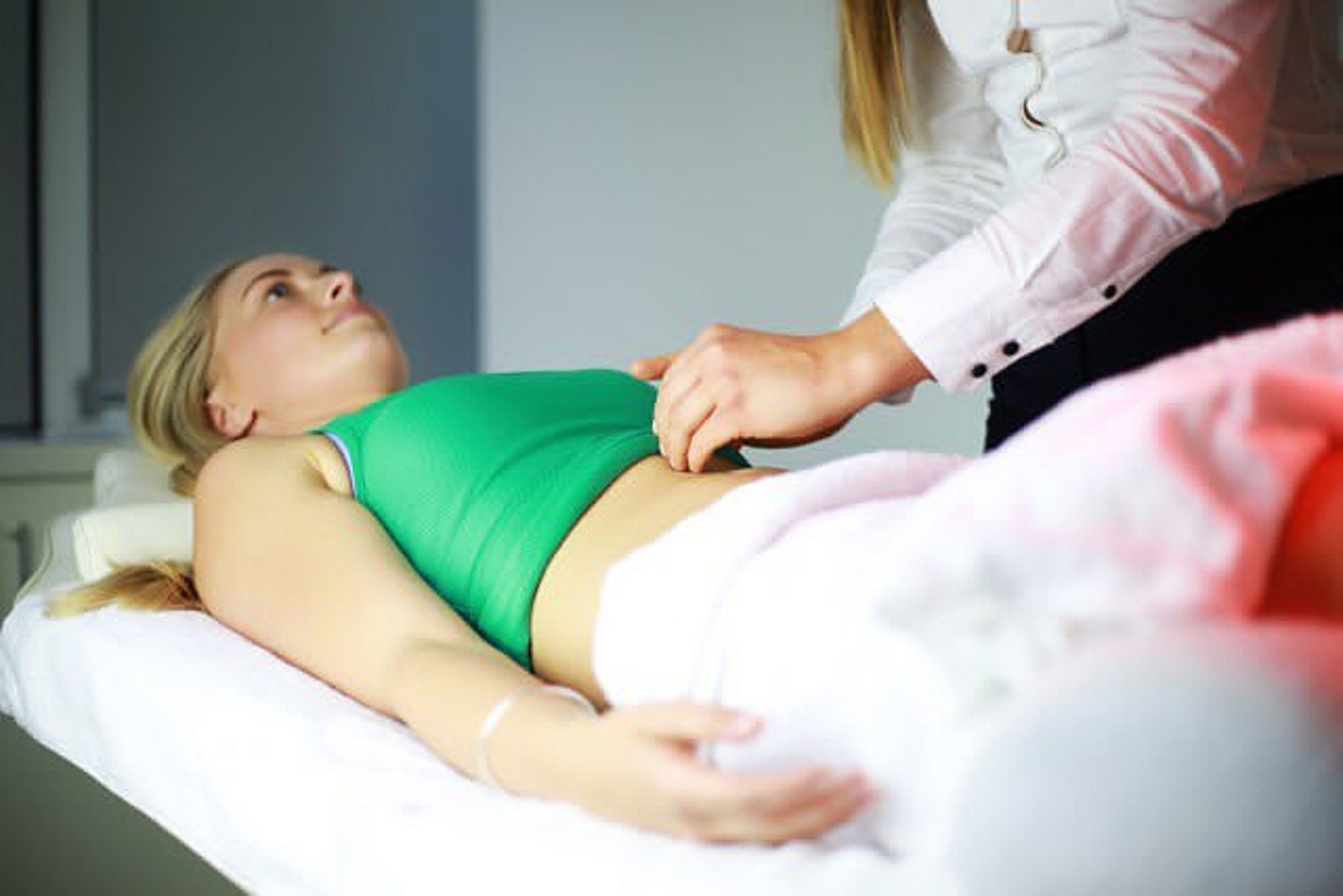Understanding Mastopexy: The Complete Breast Lift Guide
Discover everything you need to know about mastopexy (breast lift) in this comprehensive guide. Learn how different lift techniques address sagging, what to expect during recovery, typical costs and financing options, and practical tips to preserve results long-term. Ideal for prospective patients researching breast lift surgery.
Understanding Mastopexy: The Complete Breast Lift Guide
Mastopexy, commonly known as a breast lift, repositions breast tissue and tightens skin to restore a firmer, more youthful contour. It differs from breast augmentation because it does not primarily add volume; instead, it elevates the breast and improves shape. Factors such as aging, pregnancy, breastfeeding, weight changes, and genetics can all cause ptosis, and a breast lift is designed to correct those changes and create a more proportionate silhouette.
Types of breast lift procedures
Surgeons select an incision pattern and technique based on the degree of sagging, breast size, skin quality, and the patientâs aesthetic goals. Common approaches include:
-
Crescent lift: A small incision along the top half of the areola removes minimal skin and provides a subtle lift. This is best suited for very mild sagging and produces the least scarring.
-
Periareolar (donut) lift: A circular incision around the areola removes excess skin and tightens the surrounding tissue. This method addresses mild to moderate ptosis and can also reduce areolar diameter while leaving a scar at the areolar margin.
-
Vertical (lollipop) lift: Combining a circular incision at the areola with a vertical incision down to the breast crease, this technique sculpts and elevates more tissue and is frequently chosen for moderate sagging because it yields a contoured result with no horizontal scar across the inframammary fold.
-
Anchor (inverted-T) lift: For considerable sagging or when a substantial amount of skin must be removed, the anchor technique adds a horizontal incision along the breast crease to the vertical and periareolar cuts. It allows the most reshaping and lift but produces more visible scarring.
Many surgeons offer combined procedures when added volume or projection is desired, such as placing implants or performing fat grafting along with the lift. Preoperative planning generally involves measurements, photographs, and a discussion about scar placement, expected contour, and realistic outcomes.
Recovery and healing process
Recovery varies between individuals, but most patients resume many daily activities within 4 to 6 weeks. The initial 48 to 72 hours are often the most uncomfortable, with swelling, bruising, and soreness being common. Surgeons typically recommend a supportive surgical bra, limited upper-body exertion, and avoidance of heavy lifting for several weeks.
Light, desk-based work is often possible within 1 to 2 weeks, while physically demanding jobs may require more time off. Pain and tightness tend to improve substantially after the first fortnight, though residual swelling, numbness, and minor stiffness can persist for several months. Final breast contours and the appearance of scars usually become clearer over a few months as healing progresses and tissues settle.
Follow-up appointments are essential to check wound healing, remove sutures if indicated, and address any issues promptly. Strict adherence to postoperative instructions â including wound care, activity restrictions, and wearing recommended garments â reduces the risk of complications and supports better long-term results.
Cost and financing options
The cost of a breast lift depends on factors such as geographic location, the surgeonâs expertise, facility fees, anesthesia, and whether additional procedures like implants or fat grafting are included. Below is a general pricing overview to help set expectations.
| Procedure Type | Average Cost Range | Additional Fees |
|---|---|---|
| Crescent Lift | $4,500 - $6,000 | $1,000 - $2,000 |
| Periareolar Lift | $5,500 - $7,500 | $1,000 - $2,000 |
| Vertical Lift | $7,000 - $9,000 | $1,000 - $2,000 |
| Anchor Lift | $8,000 - $10,000 | $1,000 - $2,000 |
Cost estimates are approximate and may vary by provider, region, and individual surgical needs. Confirm current, itemized pricing with your surgeon or clinic.
Many practices offer financing plans, payment arrangements, or third-party medical loans to spread the cost. When comparing quotes, request a detailed breakdown that separates surgeon fees, operating facility charges, anesthesia, preoperative testing, and postoperative garments so you can evaluate offers accurately.
Long-term results and maintenance
A mastopexy can produce long-lasting improvement in breast position and contour, but it does not stop the bodyâs natural aging processes. Maintaining stable body weight, following a consistent skincare routine, and wearing appropriate support bras (especially during exercise) will help sustain results. Pregnancy and significant weight changes can reverse some of the surgical benefits, so many surgeons advise postponing elective lifts until after childbearing is complete.
Scarring is an inevitable part of any incision-based procedure, but scars generally fade and soften over time. Protecting incision lines from sun exposure and following your surgeonâs scar-care recommendations can improve their appearance. If scars or contour issues become bothersome, revision procedures or scar treatments may be options.
Choosing a board-certified plastic surgeon with specific experience in breast lifts improves the chance of a satisfying aesthetic outcome and lowers complication risks. During your consultation, discuss realistic expectations, review before-and-after images, and ask about revision policies and potential risks.
This article is for informational purposes only and should not be considered medical advice. Please consult a qualified healthcare professional for personalized guidance and treatment.







